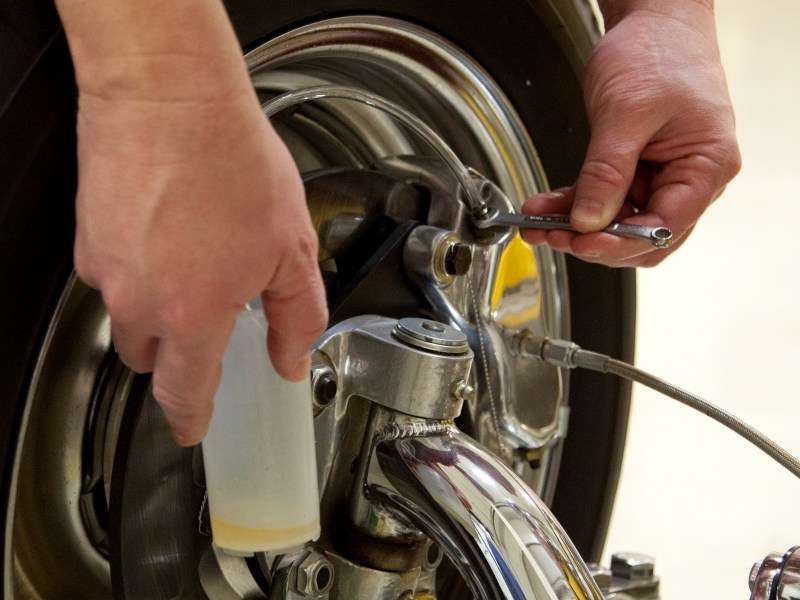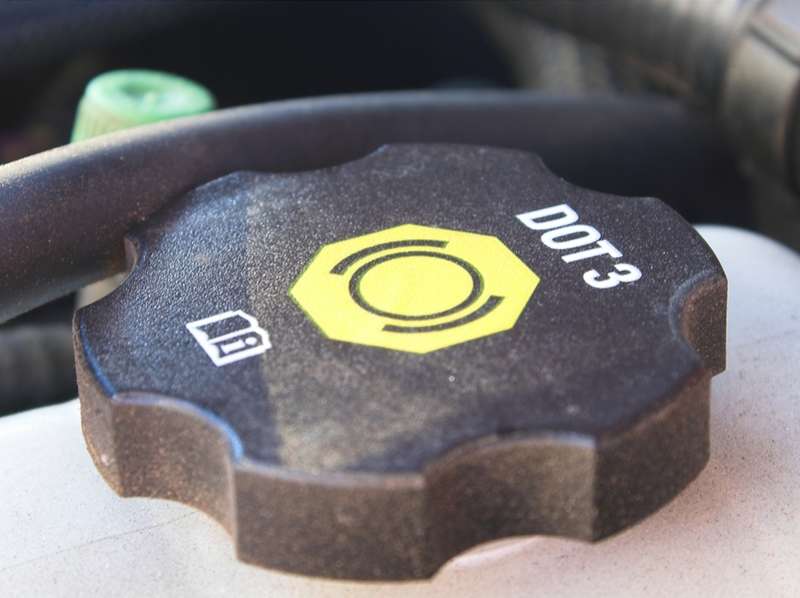Recent Articles
Popular Makes
Body Types
Bleeding ABS Brakes

bleed
When it comes to knowing how to properly bleed ABS brakes, a modern car's ABS module can make things more difficult than they used to be. Normally, the ABS portion of the system does not need to be bled unless air somehow got into the system (possibly through an empty or defective master cylinder), you've replaced part of the ABS system, a normal bleed doesn't result in a firm pedal, or you want to flush any old fluid out of the system. To determine which type of ABS system you have and the exact steps required to bleed it, consult your owner's manual.
Some ABS systems never require bleeding because they have no reservoir that contains fluid. If you have one of these systems, once you've bled the brakes as you normally would, your job is done. Other ABS systems have a bleeder screw on the ABS module and can be bled just like a normal brake caliper.
# Bleeding ABS Brakes
Unfortunately, there are some types of ABS systems that require a special tool to bleed properly. With these systems, first you bleed your brakes as you normally would, then you use the tool to cycle the ABS system, forcing the old fluid and air out and fresh fluid in. Once the ABS system has cycled, you need to bleed all four wheels again to get the air and old fluid that was in the ABS system out of the lines.
If you don't have this special tool, an alternative method that can work for bleeding ABS brakes is to bleed the brakes as normal, and then perform some hard stops on a slippery surface to force the ABS system to activate. When the system activates, the old fluid and any air should be expelled out of the system and into the lines. After you've done a few ABS assisted stops, bleed all four brakes again.
No matter which method is used, once you've completed the bleeding process, press the brake pedal a couple of times to make sure that it is nice and firm and to check for leaks at the bleeders, and then take the car for a short test drive. If the pedal still seems softer than it should, you may need to repeat the bleeding process.
